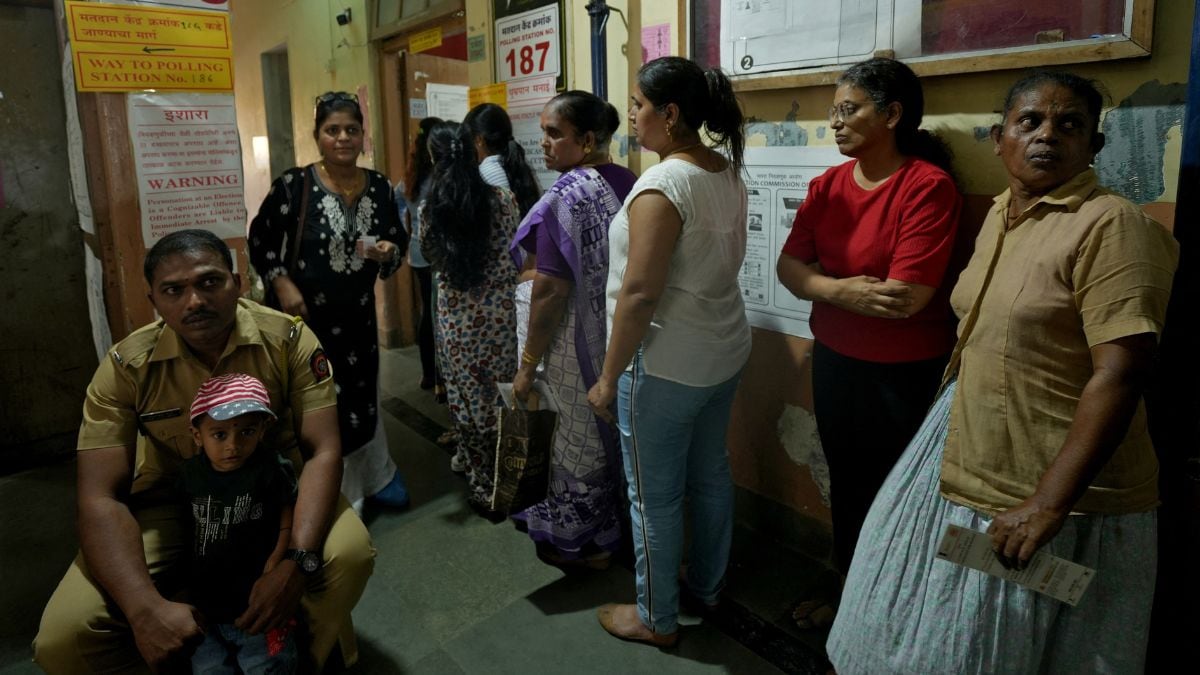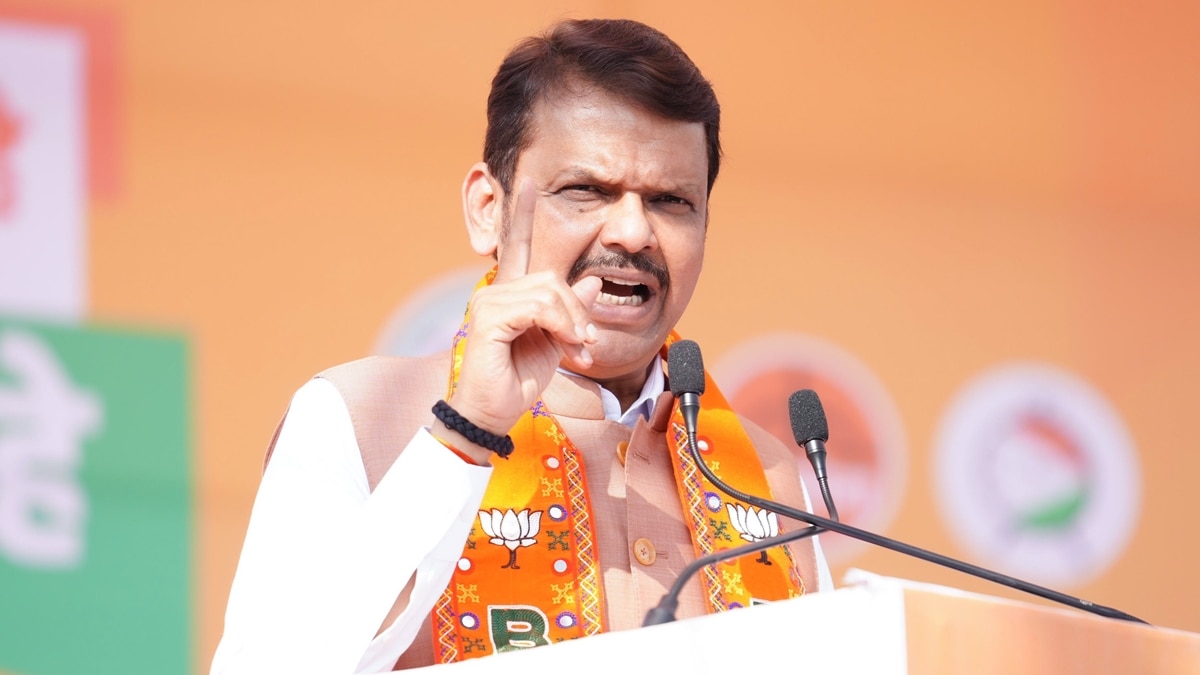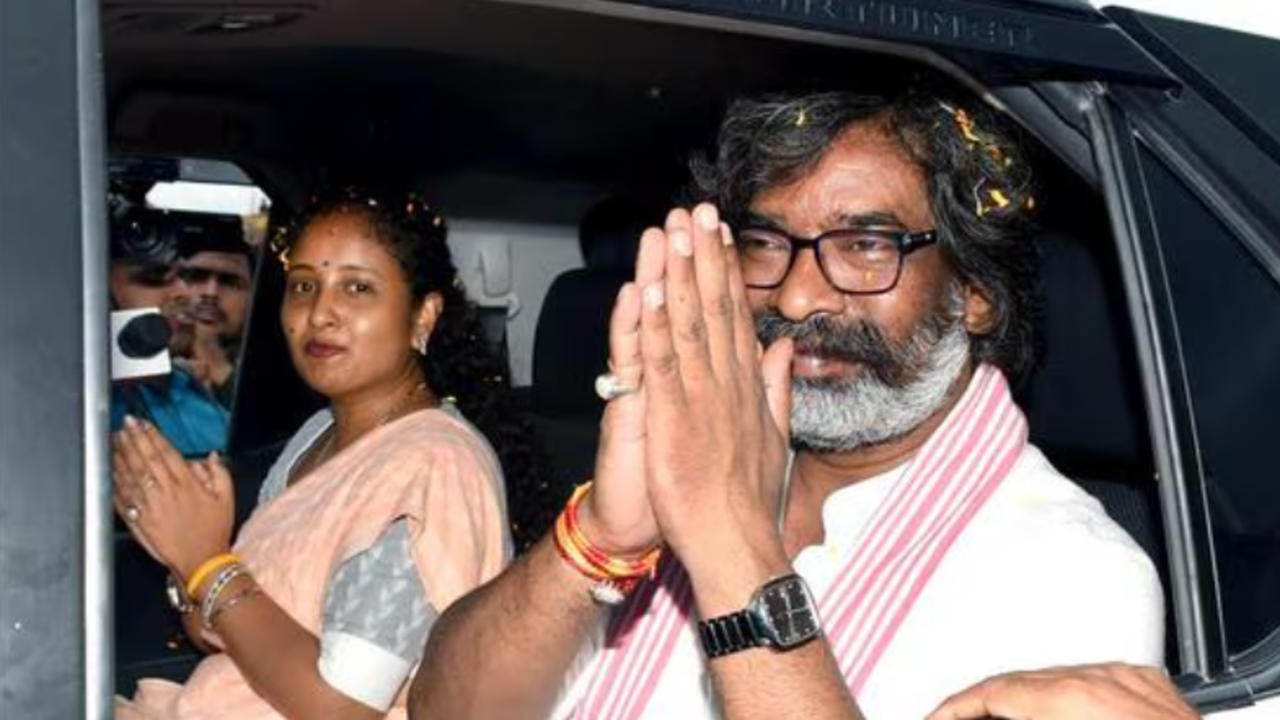
Women voters have emerged as the decisive force in Assembly elections in Maharashtra and Jharkhand, steering the ruling alliances — Mahayuti and JMM-led INDIA bloc — towards resounding victories. Both governments leveraged targeted welfare schemes focusing on financial aid for women, transforming them into powerful vote magnets. Maharashtra witnessed an unprecedented electoral performance by the BJP-led Mahayuti alliance, which clinched over two-thirds of the Assembly seats.
Central to this triumph was the Ladki Bahin Yojana, a direct cash transfer scheme introduced in July. The scheme promised ₹1,500 per month to women from families earning less than ₹2.5 lakh annually, later increased to ₹2,100 just before the elections.
This initiative targeted over 2.3 crore women, aiming to address their financial needs directly. Also Read | Eknath Shinde, Fadnavis, Hemant Soren.
.. Big winners and losers of Maharashtra, Jharkhand elections Deputy Chief Minister Devendra Fadnavis credited the scheme for galvanising women voters: “The feedback suggests women voters turned out in greater numbers to support us because of Ladki Bahin,” he stated.
Statistics corroborate this claim. Women’s voter turnout surged from 59.26 per cent in 2019 to 65.
21 per cent now, with 3.06 crore women participating — a remarkable increase of 52 lakh votes. Districts like Pune, Thane, Nashik, Solapur, and Nagpur, which recorded the highest number of beneficiaries, saw women’s voting percentages rise by over 6 percentage points.
Despite the Mahayuti’s landslide, critics like NCP leader Supriya Sule dismissed the scheme as an electoral gimmick: “Women want minimum support prices for their produce, not cash handouts,” she argued. In Jharkhand, Chief Minister Hemant Soren overcame anti-incumbency and corruption allegations, partly due to the Mukhyamantri Maiya Samman Yojana, which provided ₹1,000 monthly to women aged 18-50 years. The scheme benefited around 5 million women, with a promise to increase the payout to ₹2,500 by December 2024.
The strategy paid off, with women outnumbering men in voter turnout in 85 per cent of the constituencies. On 68 out of 81 seats, women’s turnout exceeded that of men. Also Read | What next for Uddhav Thackeray after Maharashtra setback? The overall female turnout jumped from 67 per cent in 2019 to over 70 per cent in 2024.
Electoral Commission data further revealed that of the 1.76 crore voters who participated, 91.16 lakh were women, surpassing male turnout by 5.
52 lakh votes. The Assembly elections in Maharashtra and Jharkhand reflected a larger trend—women voters are increasingly becoming a pivotal electoral bloc. Over the past decade, political parties have intensified efforts to attract women by launching schemes that directly address their financial and social needs.
The Ladki Bahin and Maiya Samman schemes epitomize this approach. The BJP’s earlier success with the Ladli Behna Yojana in Madhya Pradesh set the template. Implemented under former Chief Minister Shivraj Singh Chouhan, it provided ₹1,000 to women and helped the BJP retain power despite stiff competition from the Congress.
Electoral analysts have noted a narrowing gender gap in voter turnout across states. For instance, Maharashtra’s elections saw a near parity in male and female turnout, while Jharkhand witnessed women voters outpacing men in most constituencies. Also Read | No more Pawar play? Is Sharad Pawar losing his grip on Maharashtra politics? CPI(M) leader Ashok Dhawale told PTI , “After the Lok Sabha elections, schemes like Ladki Bahin Yojana and programmes for construction workers swayed voter sentiment, especially among women.
” While these schemes have proven electorally beneficial, questions regarding their sustainability persist. A Comptroller and Auditor General’s (CAG) report cautioned: “The government needs to monitor and manage its debt levels to ensure long-term fiscal stability by adopting remedial measures to rationalise expenditure, explore further revenue sources, and invest in revenue-generating assets.” Additionally, the contrasting results in Lok Sabha and Assembly elections in both states have put a spotlight on the nuanced priorities of voters.
While Mahayuti dominated Maharashtra’s Assembly polls after losing ground in the 2024 Lok Sabha elections just months ago, the INDIA bloc reversed its Lok Sabha losses in Jharkhand to secure a decisive Assembly victory. With inputs from agencies.














